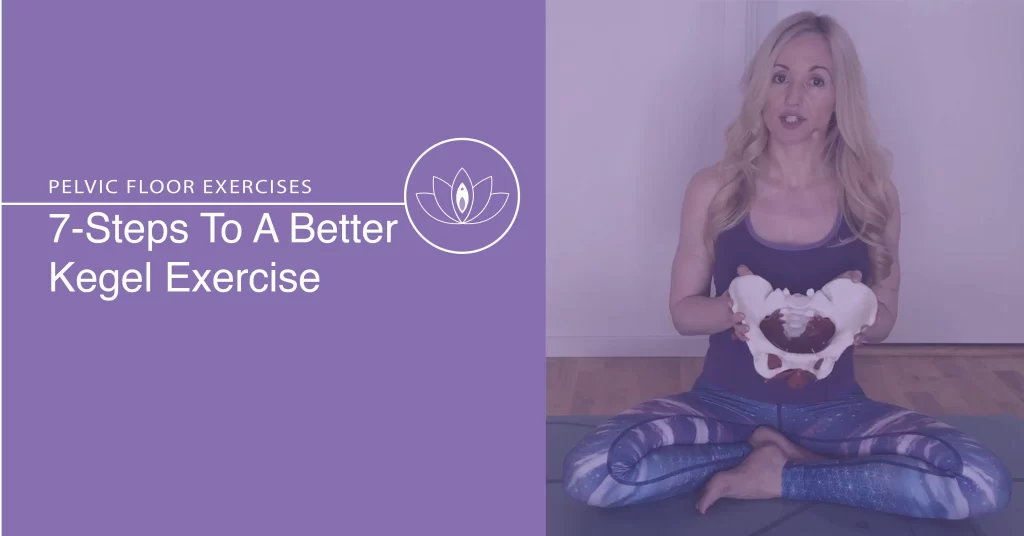Do you struggle with finding the right activation when doing your pelvic floor exercises (Kegels)? If so, jump on over to our YouTube channel where we have just released the first video in our series that work towards reconnecting to you pelvic floor in order to build balanced strength. The pelvic floor muscle group is a network of muscles that spans across the base of the pelvic bowl creating a platform on which your pelvic organs sit. Our first video is targeted at those who are starting from “ground zero” where there is little to no activation. This typically indicates confused signals between the brain and the pelvic floor.
This zero starting point can be experienced following mesh removal surgery, other pelvic surgery or even following a difficult birth where there was damage requiring stitches. We build our Kegel in layers using very subtle connections to reach down with the mind to create the needed activation. If you are starting from the very beginning, be compassionate with yourself and give yourself the time to recreate those connections. Think of building your Kegel as building a relationship between your brain and your pelvic floor. You will find that your relationship may be strong in some parts, but may need work in others.
Your focus with this first level of pelvic floor training is on enhancing the subtle connections and on building a heightened awareness. I hope that this video helps you in some way. Please feel free to like, share, comment or subscribe to the channel if you feel so inclined.
Help to Break the Taboo
If you are suffering from stress incontinence, overactive bladder, pelvic organ prolapse, pelvic pain, fecal incontinence or sexual dysfunction, working on the connection between your brain and your pelvic floor can help to improve and rebalance your pelvic floor. In the case of pelvic pain, you can do a reverse kegel, so when you bring your attention to the area in question, relax instead of engaging. Try it!
Pelvic Floor Dysfunction (PFD) affects one in every three women. Join in our mission to break the taboo surrounding Pelvic Floor Dysfunction by talking about these conditions, sharing this page and using the hashtag #breakthePFDtaboo

